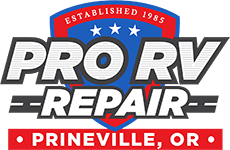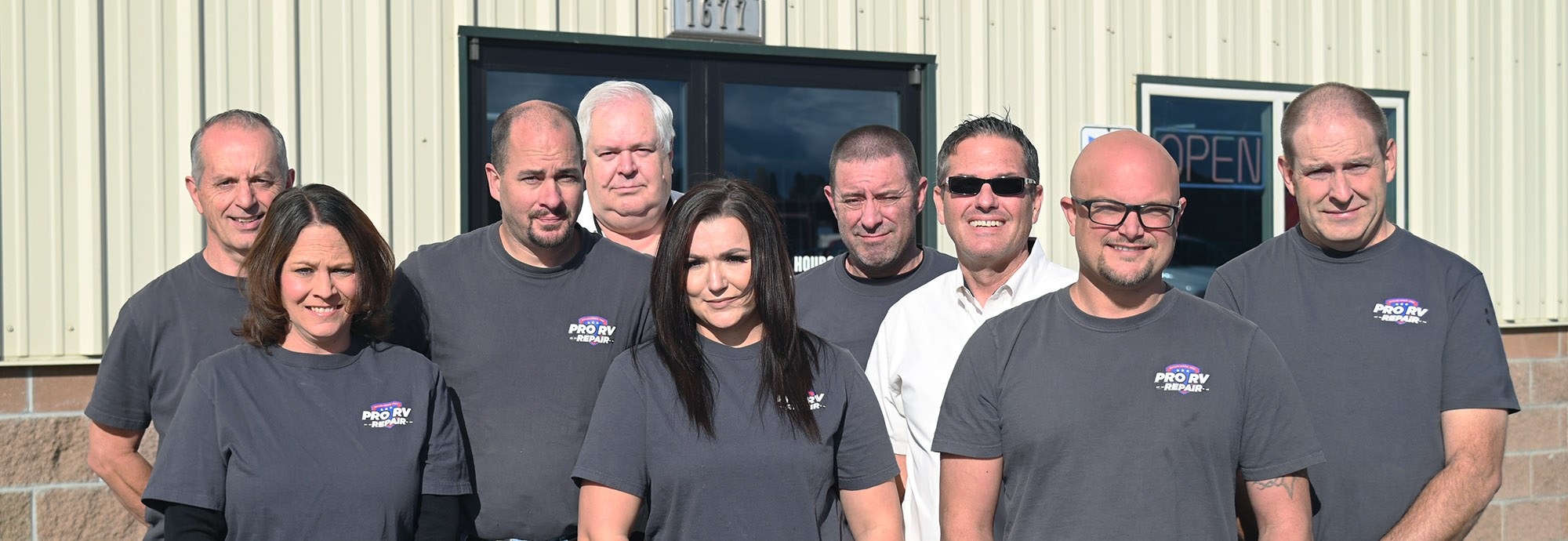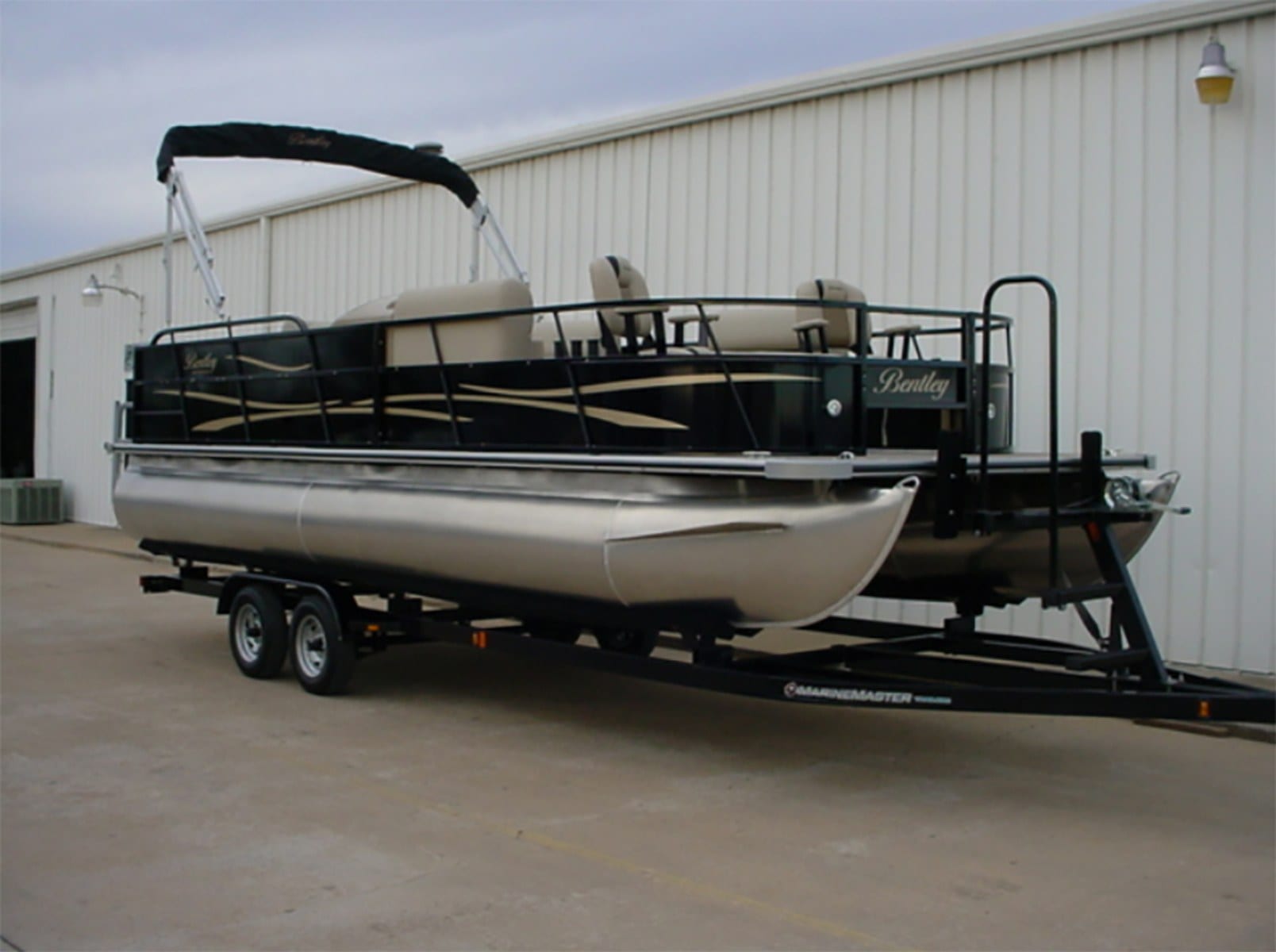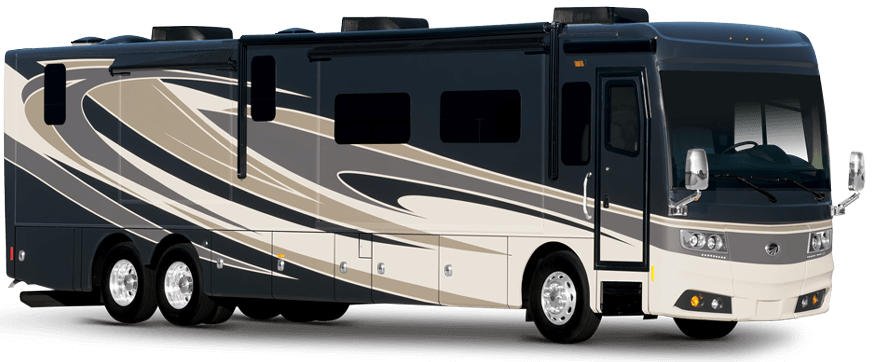When does your insurance cover damage to the roof of your RV? It all depends on the type of damage, how long it was there, and how well your RV was maintained. If there’s neglect to your vehicle, and damage wasn’t addressed early, the situation will worsen which may result in denial of coverage.
An insurance company will identify how well the vehicle was maintained. Most folks don’t know that the sealant and seams over time, and due to weather – sun or rain, will harden and fail. Normal road vibration and constant movement can also cause separation of the sealant between the body and roof, creating opportunities for water to penetrate the walls of the coach. Without a regular inspection at least every year, it would be difficult to ascertain when the damage occurred.
While it might seem surprising, separation or sealant failure can happen fairly quickly, even within a year after the purchase of a new vehicle. Think of the coach as a large, moving house on wheels. Turns and movement, bumps, and road vibrations are causing movement of the entire body of the vehicle. You may not know when separation has happened, but given the very structure of the vehicle, force, and velocity, it is inevitable. This is why we recommend annual services for inspection – you can’t know when it’s going to happen, but it will.
If you circumvent the annual inspection of your roof, and the sealant separates from the roof and walls, over time, dry rot will cause damage inside the walls of the vehicle, requiring the replacement of the roof and interior walls of your coach. If you discovered this issue after secondary damage occurred, your insurance company may consider this neglect. If however, you have updated the sealant, regularly, or had annual inspections to ensure there are no breaks in the seal, you’ll have an easier time filing a claim. Depending on the age of the vehicle and circumstances, it could even be a warranty issue.
If the maintenance of your RV is neglected and rot sets in under the damaged roof, the roof replacement will not be covered by insurance. In addition, you will be on the hook for removing the drywall and replacing the interior walls of your vehicle. This is not a small project.
In one particular situation, an 18″ tear in a one-piece roof on a large motor coach resulted in an entire roof replacement. Out of pocket, this would have cost the customer $8,000. Through an annual inspection, this issue was found early, and it was covered by insurance.
An annual inspection is your best investment against major vehicle damage. Normal wear and tear will cause leaky roofs. It’s too expensive to ignore.








